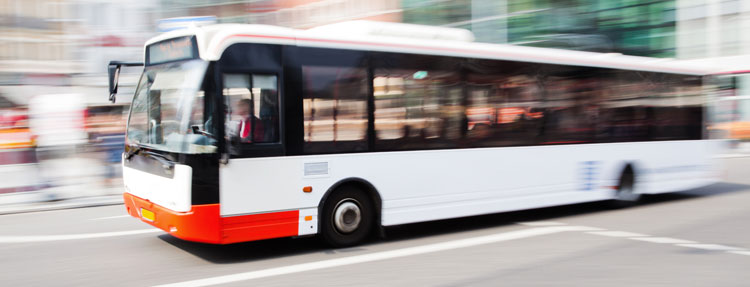What if there was one action you could take that would optimize your maintenance program without adding significant investments – in time or people?
There is, and it might be the best known “secret” in the transit industry: Electronic verified pre- and post-trip inspections.
Why Electronic Pre- and Post-Trip Inspections?
SAFETY – First and foremost, you want to be 100% compliant. To ensure operator safety and to prevent motor vehicle accidents, the Department of Transportation (DOT) mandates that every motor carrier, driver, and its representatives shall comply with pre- and post-trip inspections. Also, the inspections provide you greater visibility into the service status of your bus fleets. A regularly scheduled preventive maintenance program helps minimize the need for unexpected repairs and subsequent downtime and costs.
SECURITY – The value of electronic pre- and post-trip inspections goes beyond avoiding CSA maintenance violations and maintaining OSHA and MSHA equipment inspection requirements, by enabling operators to identify and address maintenance issues before they become larger issues. It can also be configured for operators to perform a security inspection the follows TSA’s counterterrorism guidelines.
SUSTAINABILITY– The inspection results are captured and transmitted electronically eliminating volumes of paper inspection reports that need to be reentered into a maintenance system and then kept in files and stored.
How Do They Work?
Electronic verified pre- and post-trip inspections are the perhaps easiest step towards better efficiency and accident prevention. They have a small time investment – they take approximately 15 minutes when done correctly – with a strong return on that investment through verified compliant buses.
- First, implement a connected system to take the pain out of inspection compliance.
- Standardized electronic forms combined with wireless technologies like RFID tags and connected mobile devices to eliminate the paperwork involved for operators, while improving improve timeliness, accuracy and accountability.
- Connected systems also offer more accurate reporting, ultimately resulting in fewer violations, as well as reducing the labor time and expense to complete an inspection by up to 50% administrative effort in the shop by electronically integrating into your maintenance system.
- Second, an electronic authenticated process requires the operator to get out of the vehicle seat and complete the process within a 2” proximity to a tag at the point of inspection. No more “pencil whipping”. Automated reporting solutions like Zonar’s EVIR® use a three-prong process to capture, transmit and record inspections: Tag Once, Inspect Regularly, and Know Always. This approach helps simplify the process, making it both easy to learn and easy to repeat.
- Third, leverage your connected system’s analytics capabilities to help you monitor the state of your buses over time, and identify and address potential issues before they become significant ones.
A smart investment in leveraging technology to achieve better performance, safety and compliance.







